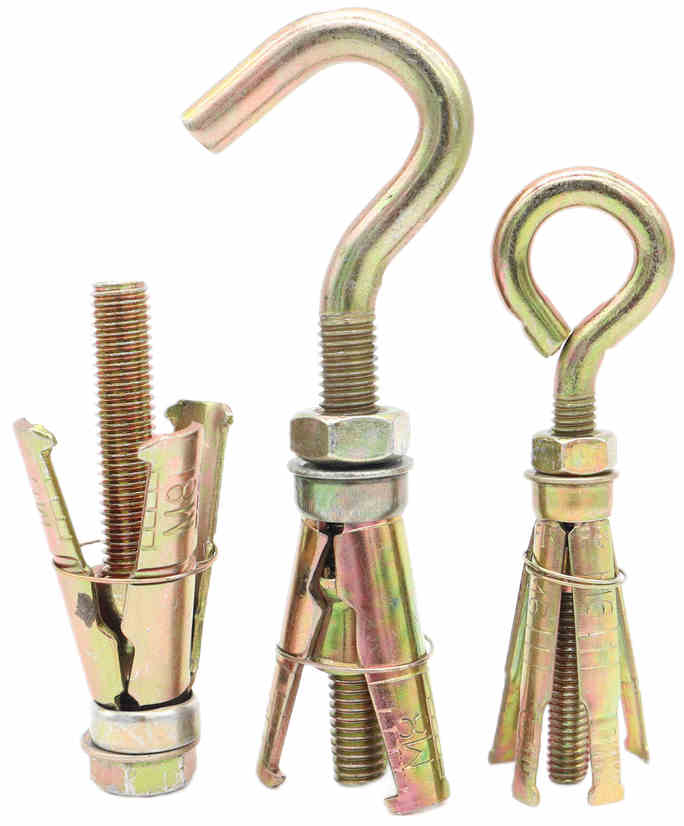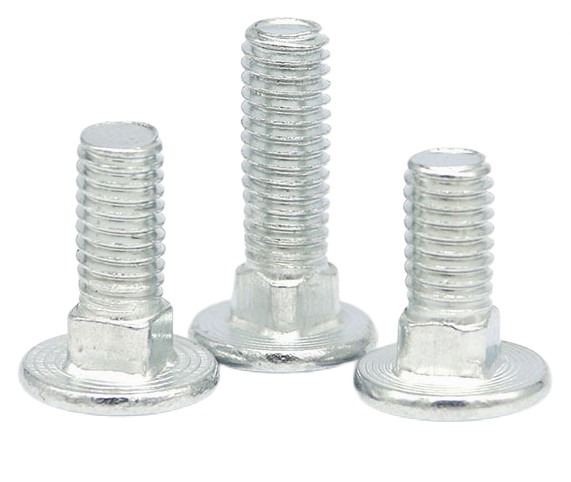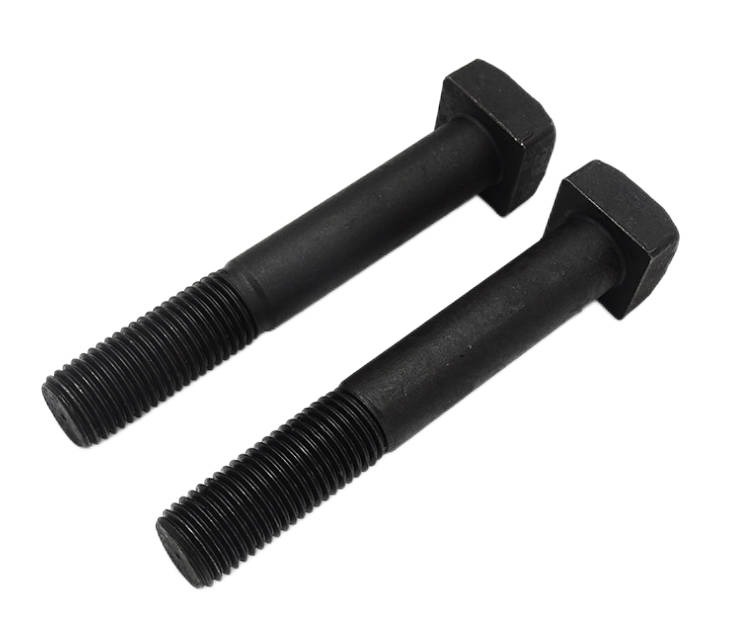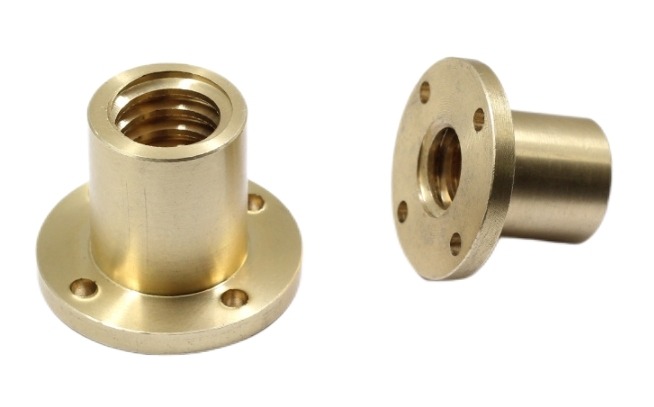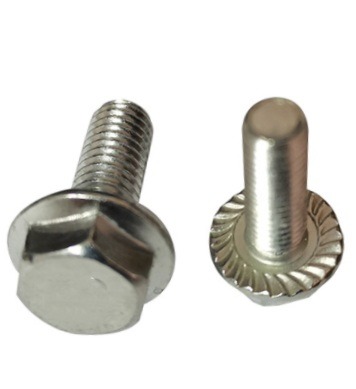How to Remove Rust from Bolts: A Comprehensive Step-by-step Guide
Rust can be a bothersome and annoying problem, mainly when it affects critical components such as bolts. Exposure to moisture and oxygen over time can cause rust to accumulate, which not only looks unpleasant but can also weaken the bolts and impair their effectiveness. But don’t be alarmed! There are excellent methods for removing rust and restoring bolts to their original state. In this article, we’ll talk about how to remove rust from bolts with a comprehensive detailed step-by-step guide, exploring some tried-and-tested techniques to get rid of that stubborn rust.
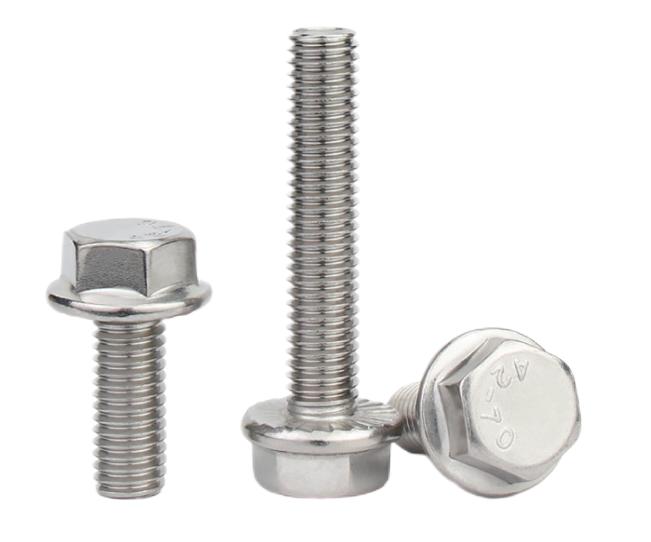
What is the Step-by-step guide to Remove Rust from Bolts?
Step 1: Gather Your Supplies
Make sure you have all of the necessary supplies on hand before beginning the rust removal process. A wire brush, rust dissolver or penetrating lubricant (e.g., WD-40), white vinegar, a container or bowl, a clean cloth, and safety equipment such as gloves and eye protection are all required.
Step 2: Remove the Bolts
Remove the rusted bolts from their current location if possible. This will make cleaning easier and allow for more comprehensive rust removal.
Step 3: Brush Off Loose Rust
Scrub the surface of the bolts gently with a wire brush to remove any loose or flaky rust. This preliminary procedure aids in the exposure of deeper layers of rust and prepares the bolts for future treatment
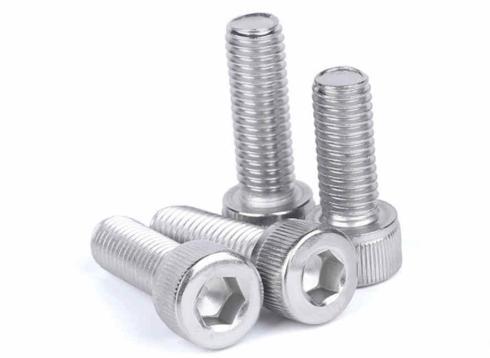
Step 4 : Apply a Rust Dissolver or Penetrating Lubricant
Shake the Product
Shake the rust dissolver or penetrating lubricant well before using it if it comes in a spray bottle. This aids in completely mixing the components for optimal efficiency.
Test in a Small Area
Test the product on a tiny, inconspicuous area before applying it to the fully rusted surface. This procedure guarantees that the product is compatible with the material and that no unfavorable reactions occur.
Apply Liberally
Directly spray or apply the rust dissolver or penetrating lubricant to the rusty bolts. Ensure that the entire rusty area is evenly coated.
Allow Time to Penetrate
Most rust dissolvers and penetrating lubricants need some time to work. Follow the manufacturer’s recommendations for the recommended waiting period.
Reapply as Needed
For obstinate rust or badly corroded bolts, reapply the product and let it sit for an extended period of time. Multiple treatments may be required for complete rust removal.
Loosen and Remove the Rust
After the waiting period, gently scrape the corroded surface with a wire brush. The rust should begin to soften, making removal easier.
Wipe Away Residue
Wipe away any remaining rust residue and excess rust dissolver or lubricant with a clean cloth or towel.
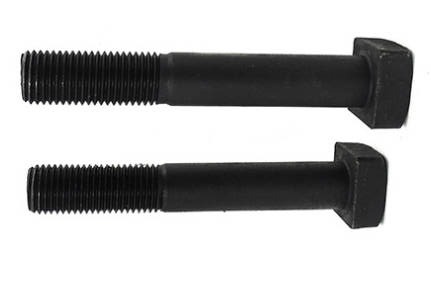
Step 5: Soak Bolts in White Vinegar
Place Bolts in the Container
Place the rusted bolts in the container or bowl, submerging them completely in white vinegar. If the bolts are too large to fully immerse, consider rotating them every now and again to ensure that all surfaces come into contact with the vinegar.
Let Them Soak
Allow the bolts to soak in white vinegar for many hours, if possible overnight. Vinegar’s acetic acid dissolves the rust and loosens its grip on the bolts.
Step 6: Scrub Off the Rust
After soaking, remove the bolts from the vinegar and clean the removed rust with a brush or cloth. After soaking, the rust should be easier to remove.
Step 7: Scrub and Wipe Away Rust
After the rust dissolver or vinegar has had time to work its magic, scrape away any remaining rust with the wire brush. You can also wipe away the dislodged rust particles with a clean cloth or rag.
Step 8: Rinse and Dry the Bolts
Rinse the bolts thoroughly with water to remove any remnants of the rust dissolver or vinegar. After cleaning, properly dry the bolts with a clean cloth to avoid further rust buildup.
Step 9: Apply a Rust Inhibitor
Consider adding a rust inhibitor or rust-resistant coating to the bolts to prevent future rusting. This will provide an additional layer of protection and extend the life of the bolts.
Step 10: Reinstall or Store the Bolts
Once the bolts are clean and rust-free, they can be reassembled in their original spot or appropriately stored for future use.
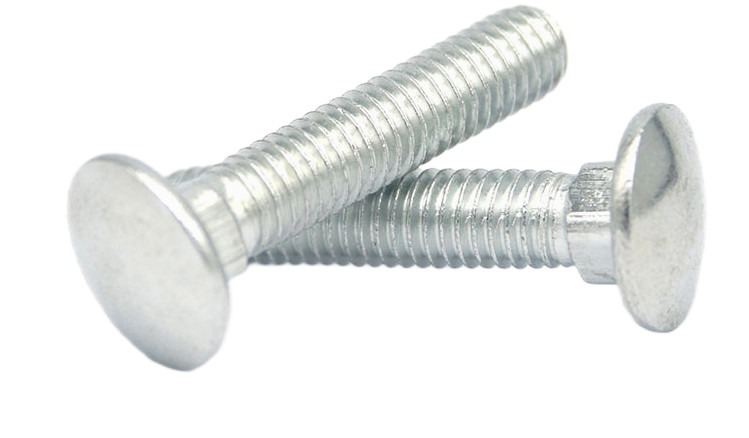
What should be Paid Attention to During the Process of Removing Rust from Bolts?
Safety Precautions
When working with rust removal products and tools, always prioritize safety. Protect yourself from any potential splashes, gases, or particles by using protective gloves and eye protection.
Suitable Rust Removal Method
Choose the best rust removal approach for the job based on the severity of the rust and the type of bolts you’re working with. Using a rust dissolver, penetrating lubricant, or soaking in white vinegar are all common approaches. If the bolts are extensively corroded, you may need to repeat the rust removal technique several times.
Thoroughly Clean Bolts
Clean the bolts to remove any loose debris or dirt before beginning the rust removal process. This improves the effectiveness of the rust removal product.
Follow Product Instructions
Follow the manufacturer’s instructions on the rust removal product carefully. This includes the recommended waiting time, application method, and safety precautions.
Be Gentle While Scrubbing
When scrubbing off rust, be gentle to avoid damaging the bolts. Use a wire brush or abrasive pad with moderate pressure, especially if the bolts are made of softer materials.
Rinse Thoroughly
After removing the rust, rinse the bolts thoroughly with water to remove any residue from the rust removal product or rust particles.
Regular Maintenance
Implement regular maintenance practices to prevent rust from reoccurring. Keep the bolts clean and dry, and address any rust spots promptly.
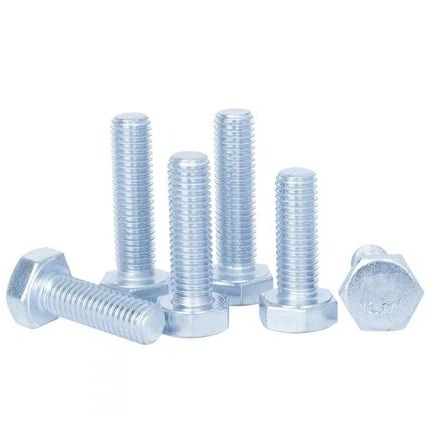
Summary
You can successfully remove rust from bolts and restore functionality by following this step-by-step method. Regular maintenance and rust prevention procedures may maintain the various kinds of bolts in good shape and provide smooth performance for a variety of projects and applications.


